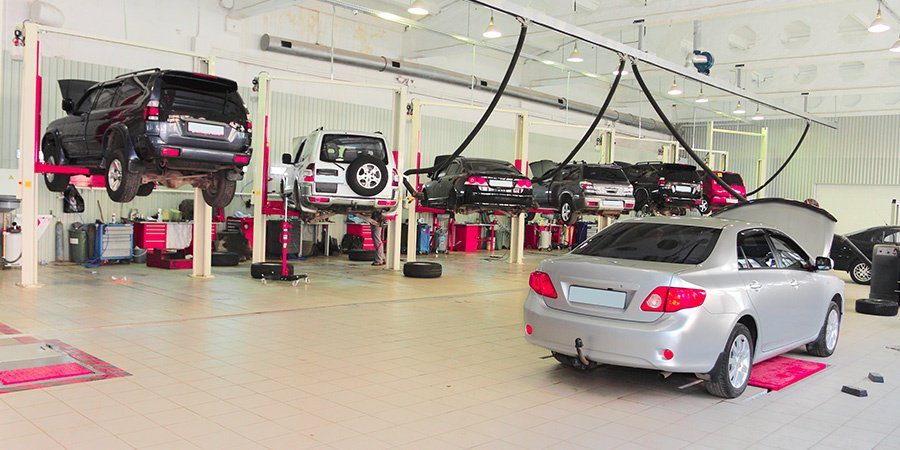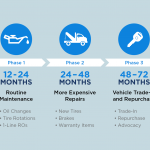Service Department Traffic: Are You Busy or Are You Efficient?
How to Keep Your Service Department Running at Peak Efficiency and Effectiveness
You walk through your service department and things are humming. There’s activity everywhere and every bay is filled. Life is good.
Then you return to your office and take a look at the financial statement and you see that the efficiency of the shop is nowhere near 100 percent.
Just because your dealership service department looks busy doesn’t mean it’s bearing good fruit. Is your perception of how busy you are different from the monetary value of how busy you are? Usually there’s a big difference.
First things first,are youeven measuring these things? If not, maybe we should take a few minutes to review your service department efficiency and measure your customer retention rates.If you are measuring expectation for your staff, service advisors, technicians and shop foremen, it’s time to take a look at what holes you may have and how to fill them.
Whether it’s not consistently and effectively conducting and documenting the vehicle walk around each time a car comes in, or leaving a car in the bay while you wait for parts, there are several things that can hurt your service productivity.
This is where a good Complimentary Maintenance Program comes in —not only are you tracking and measuring everything, you’re creating a steady flow of service traffic.
Here’s how to keep your service department running at peak efficiency and effectiveness.
No More Highs and Lows
It’s been this way for years, either your service department is busting at the seams, or nothing is going on and techs are going home early. It’s been like that for the last 15 years. If there’s a warranty campaign, and the ignition switch on a Chevrolet is going bad, and you’re a Chevy dealer, chances are it’s going to be hopping. If you’re at a Toyota store, and there’s currently no airbag campaigns, you may see that techs are going home early. It’s very up and down.
But with a Complimentary Maintenance Program on every car, you’re bringing customers into the shop day after day. You’re not just selling cars everyday, you’re sending service reminders everyday. Remember, as each car ages, the need for service —lube, filters, tire rotations, multi point inspections, etc. —grows. Now, you’re making sure not only that those repair orders are generated, but that they’re also coming back to your shop.
Take a Look in the Mirror
Are you being as efficient as you could be? Are you measuring productivity, service income, and profitability properly? These are the questions you need to ask —and honestly answer.
Start with how many cars you sell. Say you sell 100 new and used vehicles per month; how many of those customers were service loyal? Do you even have a way to truly measure that, beyond what your manufacturer rep tells you? You’ve got to get down to the real truth.
Yes, you can get customer retention reports on new cars from that manufacturer rep, but what’s your retention rate on pre-owned cars? Don’t you want to retain those customers too? Of course you want them back, they’re the quickest first dollar. A Complimentary Maintenance Program allows you to measure the real numbers —the real truth around customer retention.
Don’t Try to Do Too Much
Implementing a Complimentary Maintenance Program works and keeps coming back, but if you can’t handle the extra work, don’t overdo it. If your current blended retention is 30%, and you were to put in 15 more repair order visits a day, would your shop have the efficiency to handle that? If you’re in a larger city, a lot of times you’re booking appointments out two and three weeks, so the answer would be no. At that point, offering a complimentary benefit would just anger customers, because you won’t have the capacity to service the benefit.
But if you partner with us, we can help you find ways to make more room. We’ll look at things like how many bays you have, how many techs you have available, how much work you do in a given day, and how many hours your tech turn in per day. More importantly, we look at punch time. We want to help you avoid being the home of the two-hour oil change. We want to try to target that open RO time and close RO time to 25 to 35 minutes, nothing more.


